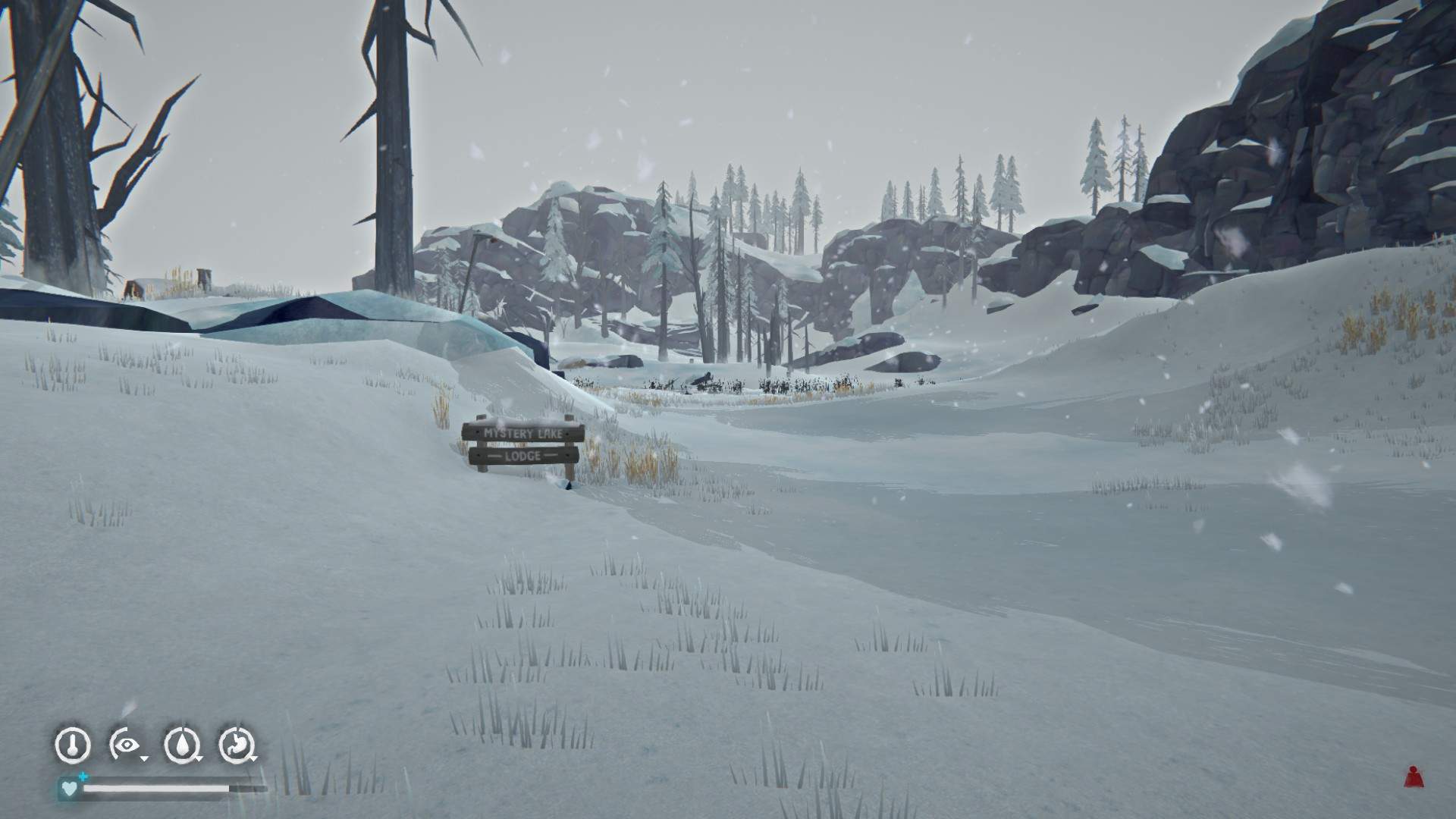
For example, in 2015, scientists discovered that a giant slab of ice as big as California and Texas combined is buried just beneath the surface of Mars between its equator and north pole and covered in protective layers of dust. If all this water ice were to melt, estimates suggest that a sphere the size of the red planet might be covered in about 100 feet (30 meters) of water, said Suniti Karunatillake, a planetary scientist at Louisiana State University in Baton Rouge.įrozen water may not just exist at high latitudes at the martian poles, but also at mid-latitudes. Most of the water on Mars today is likely frozen away in its polar caps. In addition, in a different 2015 study, researchers noted that the shape of some martian pebbles suggests they once rolled dozens of miles down a river, hinting that ancient martian waterways were stable and not merely fleeting streams.Īnalysis of layers of martian rock suggest that earlier, deeper layers were likely created when Mars had abundant, fresher water, while later layers closer to the surface suggest “an arid planet with just pools of brines, and finally the hyper-arid desert we see today,” Fairen said.

For example, in 2015, maps of water in the martian atmosphere suggested that Mars might once have had enough water to cover up to a fifth of the planet. The prospects of past, present and future life on Mars means that much research at NASA concerning the red planet concentrates on its water.įor decades, abundant research has suggested that rivers, lakes and seas once covered Mars billions of years ago. Water is useful not only for drinking, but also to shield against radiation, and as fuel when it is split into hydrogen and oxygen. Even if life no longer lives on Mars, or never existed in the first place, water could still prove vital to future life on Mars in the form of human colonies on the red planet. Water on Mars also has important implications for research areas at NASA beyond the work of the NASA Astrobiology Program. Evidence for past water may be the clue to follow to find extinct life on Mars and if some of that water still persists on Mars today, then for sure the prospects to find extant life go up.”

“The surface of Mars today is extremely dry, but there are lots of clues pointing to a much wetter past. “On Earth, water means life,” said Alberto Fairen, an astrobiologist at the Center of Astrobiology in Spain and Cornell University in Ithaca, New York. Researchers have theorized that life might have evolved on Mars when it was wet, and life could even be there now, hidden in subterranean aquifers. Although the surface of Mars is presently cold and dry, plenty of evidence suggests that the red planet was once partly covered with water.


 0 kommentar(er)
0 kommentar(er)
